End of the line: A review of Southeastern after 15 years as new operator takes over
Today marks the last day of Southeastern as we know it as the rail operator since 2006 hands over to the government’s Operator of Last Resort from 17th October.
No doubt many will be happy to see the back of them, though it’s also worth looking at improvements over that time and just what they were at fault for, and the large amount of issues they weren’t.
Govia have run services since winning a franchise competition under the Labour government of the time. It was a joint venture between Go Ahead and Keolis, and the government’s franchise terms specification ensured it didn’t get off to a good start.
Fares
Labour decided that high annual fare rises were what was needed and insisted upon RPI + 3 per cent every year.
No concern for modal shift or sustainability there.
A key factor in that increase is something that’s been a millstone throughout the franchise: HS1.
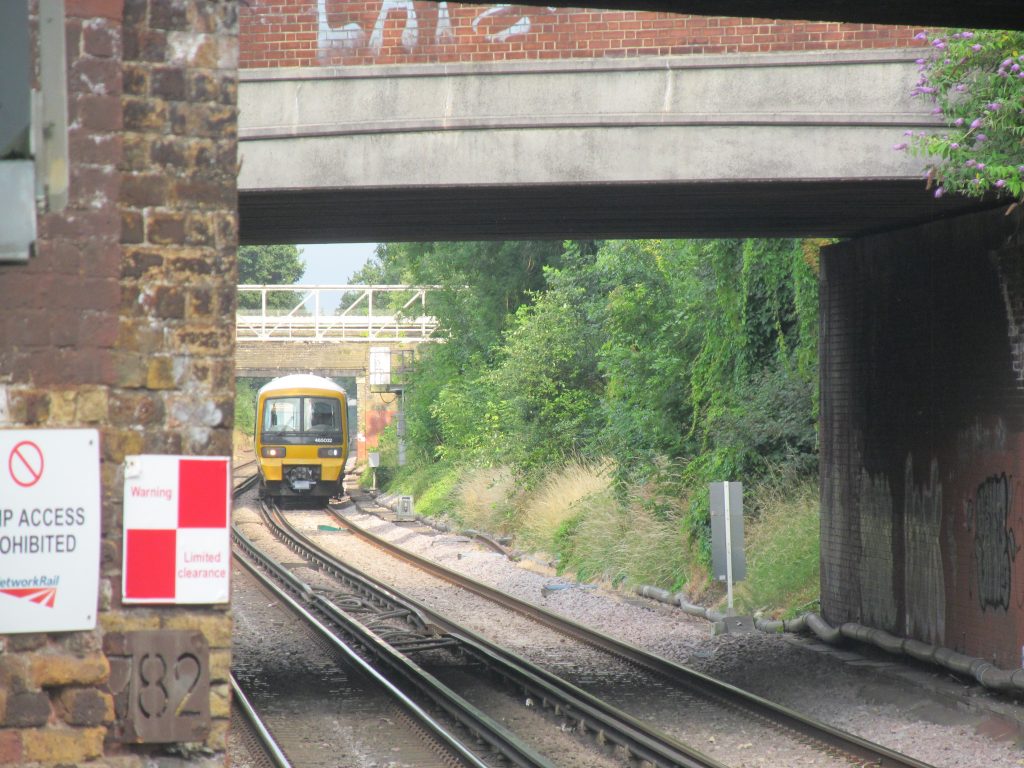
HS1 costs a lot to operate, and so the Department for Transport insisted all uses of the franchise must pay for it – whether it’s of any use at all. People in south east London may see next to no benefit or ever use it, but they pay.
In fact, those at Stratford probably get a lot more from it than anyone on the Dartford lines.
Government insisted in high annual fare increases but no new trains for the Metro area.
Pricing people off instead seemed to be the idea rather than expand capacity. It was the coalition government that actually ended those steep annual increases from Labour.
Those that same coalition government – and then the Conservatives – that set in deep rot with regular short-term extensions that crippled long term planning and investment.
Trains
And it wasn’t just a lack of new or additional trains back in 2006 but a failure to refurbish trains which were already approaching 15 years old.
Many electric trains have lifespans up to 40 year old, so after almost 15 years the franchise award should have begun considering it. A mid-life deep refurbishment is quite common. It didn’t happen.
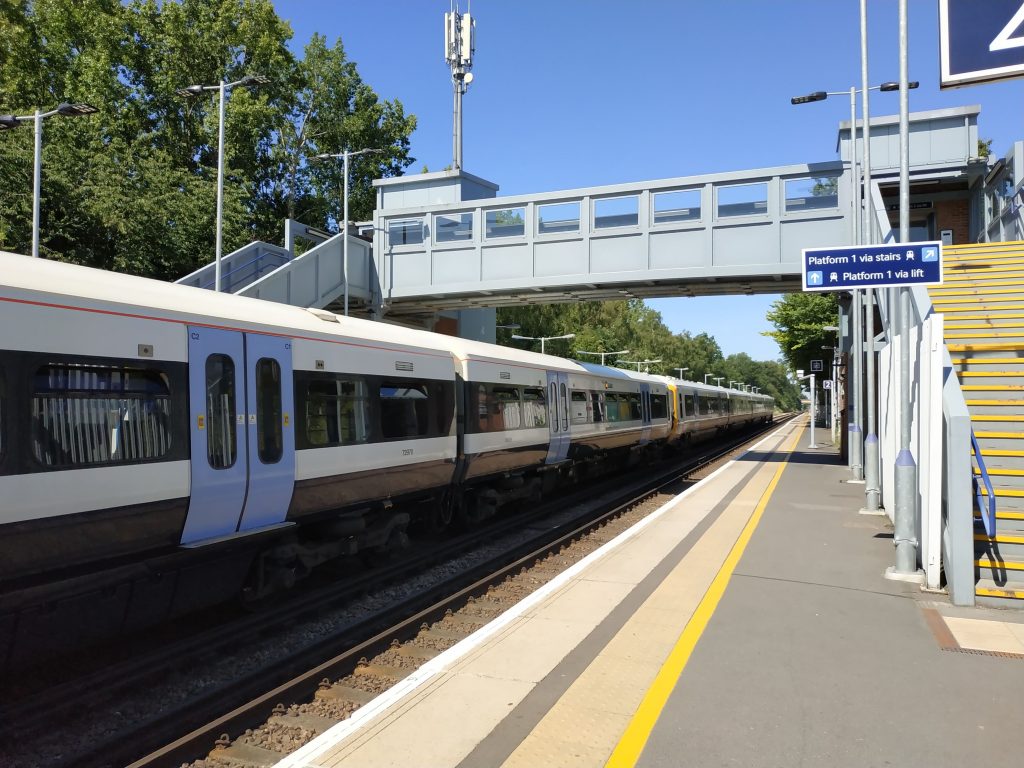
Many of those issues in 2006 remain today with ever more tired trains on Metro routes.
What is better now is more carriages overall in operation. Eventually overcrowding became chronic and using 4-6 carriage trains in rush hour saw people being left behind.
To improve the situation, 25 Class 377 trains on Southern were shifted to Southeastern for long distance routes, enabling more Networker trains to lengthen Metro services.
They are the trains with first class and orange fittings now commonly seen on metro routes.
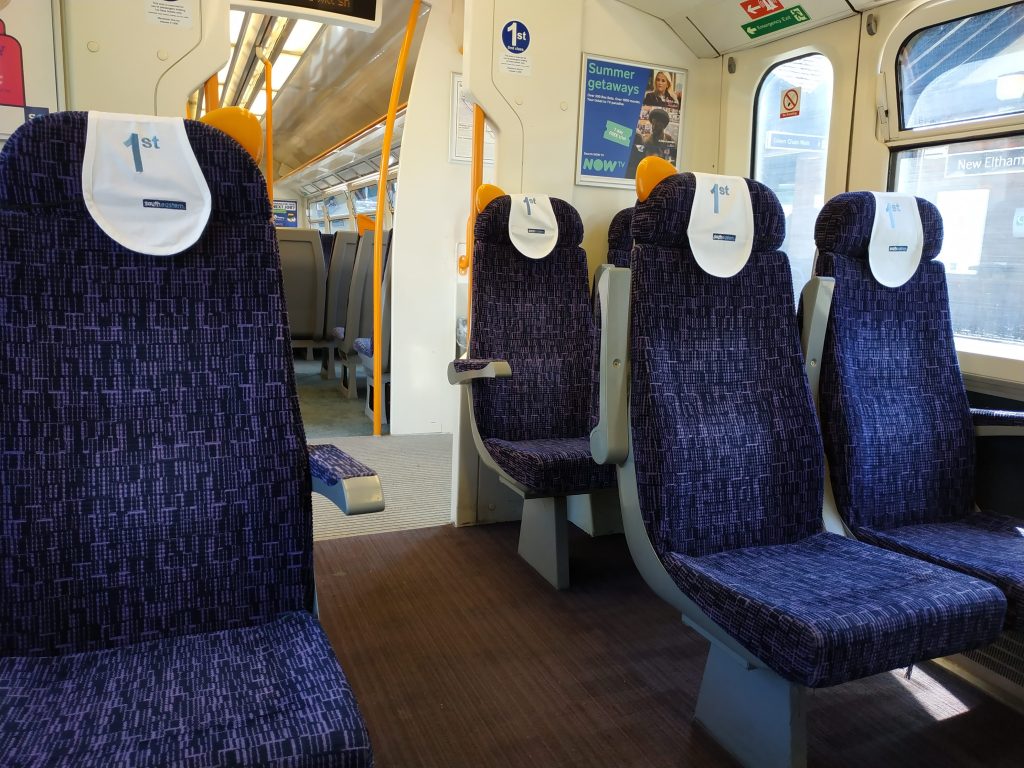
Southeastern were lobbying for some time for this to happen before government agreed. Oh, and once again no franchises own trains. They lease them, so it’ll be OLR leasing them instead of Govia from tomorrow.
An ongoing problem of little spaces to store trains remains though, so the 25 ex-Southern trains are still maintained at a Southern depot.
Again, new sidings and depots isn’t down to Southeastern. Network Rail would need to expand them and government agree funds. The privatised system is convoluted to say the least.
Services
Frequencies are certainly better now than in 2006. Many stations within London see a higher frequency than they did back in 2006. Four an hour is now six in many places.
Also gone are services via Bexleyheath and Lewisham to Victoria ending at 8pm on a weekday with no Sunday service.
It’s now a seven day operation until midnight. This is a vast improvement especially for those visiting King’s College hospital at Denmark Hill.
Vivid memories of hopelessly inadequate 4-car trains in the peak on the line are thankfully no longer as common.
On the flipside faster trains in places have become all-stoppers. Then again on some lines such as Sidcup new faster trains now run.
Other improvements are seen with communication. Yes, I know when stuck and you can’t hear the driver on a clapped out intercom it may seem otherwise. It’s far from perfect but the Twitter feed is excellent.
Advertising and marketing has never been great. The private sector was supposed to bring in commercial nous but so many opportunities to promote services have gone begging.
Large banners, signs and adverts advertising services at stations and deals are absent in so many places where they could catch many a driver’s eye and promote the alternative when stuck in traffic.
Ticketing
One improvement now evident is advance tickets for long-distance trains, which is something that Southeastern lagged behind on for some years.
Many a time I would head to Brighton for £5-£10 as it was cheap and advances plentiful.
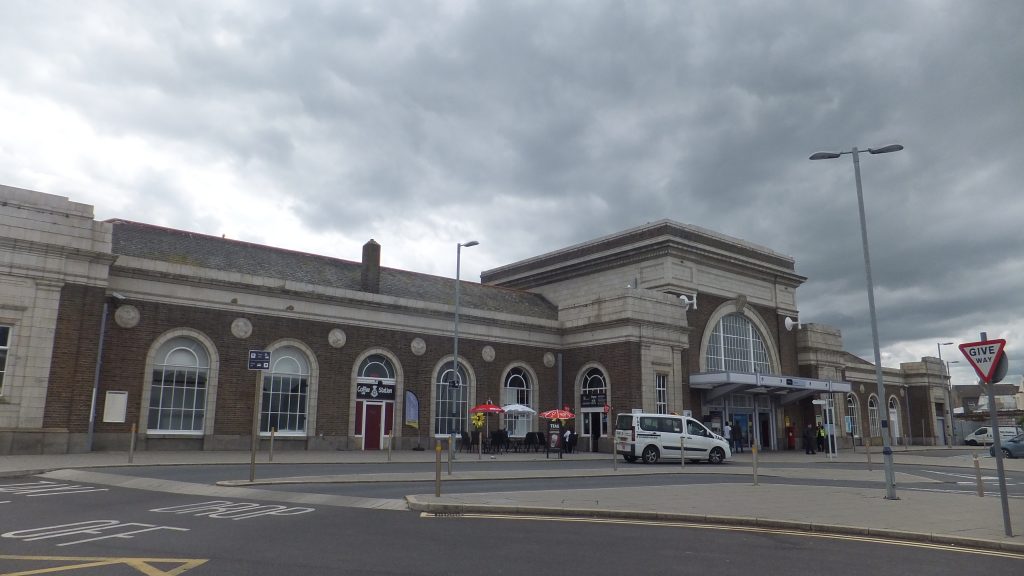
Kent coastal resorts saw nothing similar for a long time. Advance tickets do now exist and that’s a big boost to many resorts and Kent towns.
I’m still not sure they advertise it well enough mind. Those prices and deals should have been plastered all over stations but often weren’t.
It’ll be intriguing to see where the new OLR operator goes with it.
They now run Northern and have embarked on a fares for £1 offer.
Will we see some ultra low cost fares within Kent or from London to Kent towns to encourage people back to rail?
Then again franchises still running such as Greater Anglia are running £5 long-distance tickets at the moment, so both the OLR and other franchises are pro-active at the moment.
Will they be so on Southeastern? Back in 2004 when Connex were booted out the Government operator was a big step forward as a passenger and seemed keen to make amends for poor prior service. Hopefully that is repeated.
Staffing
Probably the biggest problem with Southeastern Metro now is the same one back in 2006. Minimal staffing.
Metro trains have no onboard guard. Staff presence is almost non existent. That’s perhaps not a big issue if most stations weren’t also lacking in staff.
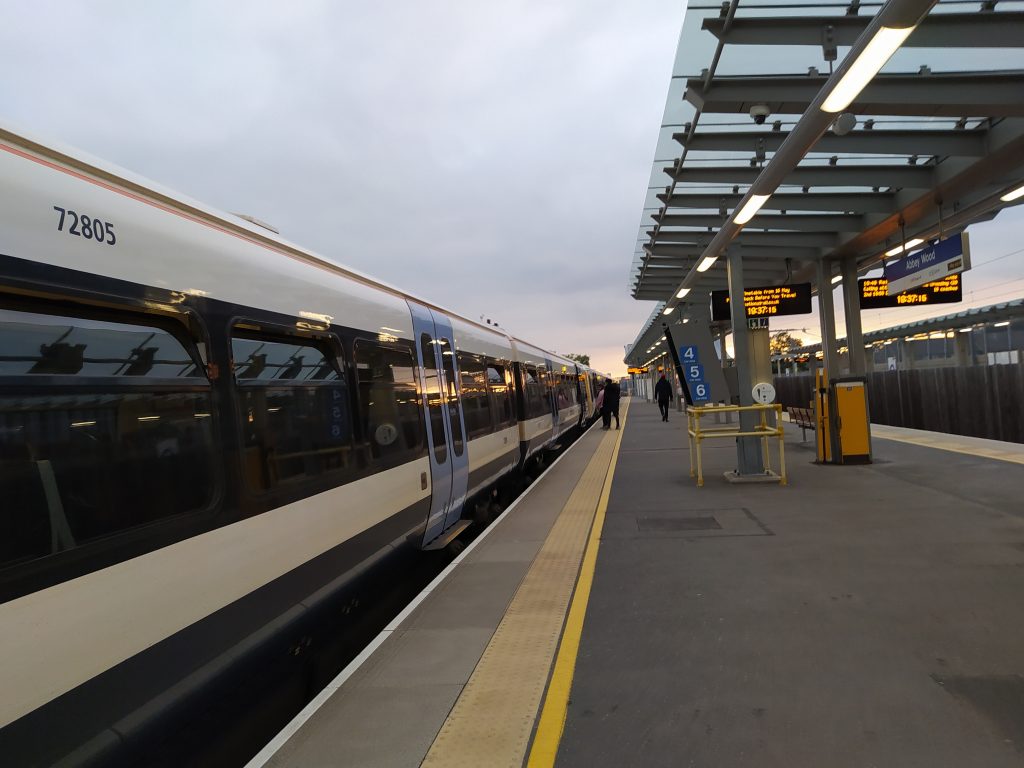
The network saw a large increase in passengers for many years while ticket office opening times and general station staffing didn’t keep up.
The vast majority of Metro stations are ungated and often unstaffed for much of the day.
Areas like Deptford saw many new homes but no staffing increase to match.
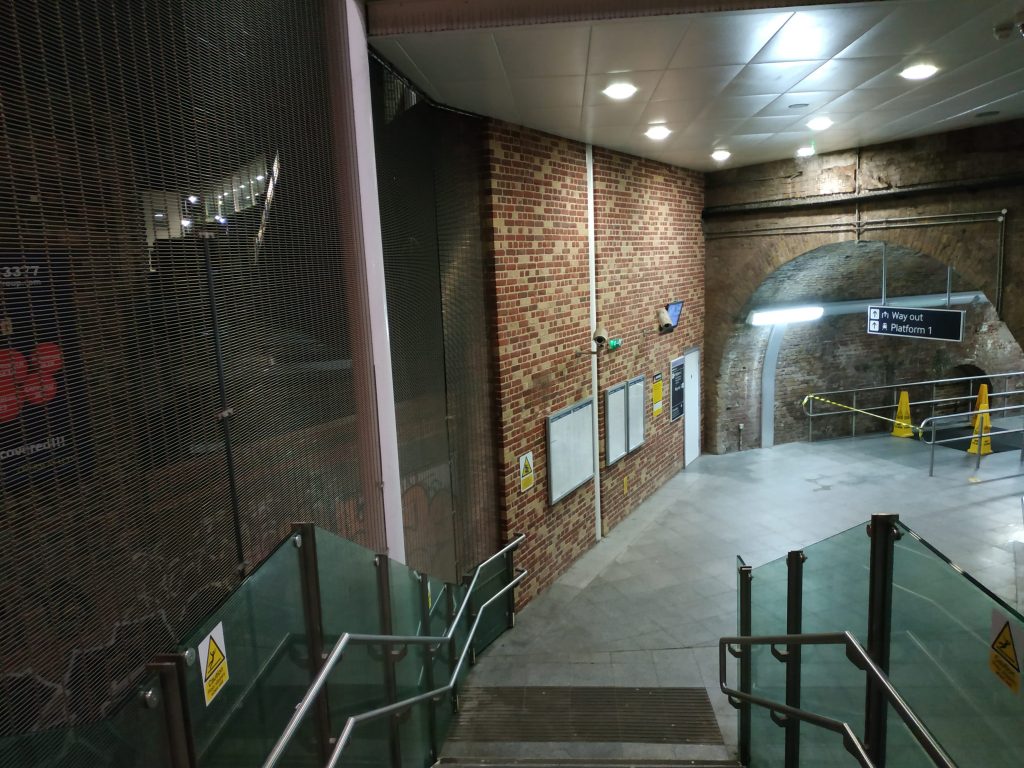
Kidbrooke sees 6,000 homes being built and a new station building yet no staffing increase, so ticket gates are withdrawn from the design late on.
That new station building is often locked up with access via a side gate.

Lewisham sees a new entrance built as part of a tower. The entrance hasn’t opened as, once again, there’s no staff for it.
It’s all losing revenue for the operator as unless travelling to central London it’s a doddle to avoid paying.
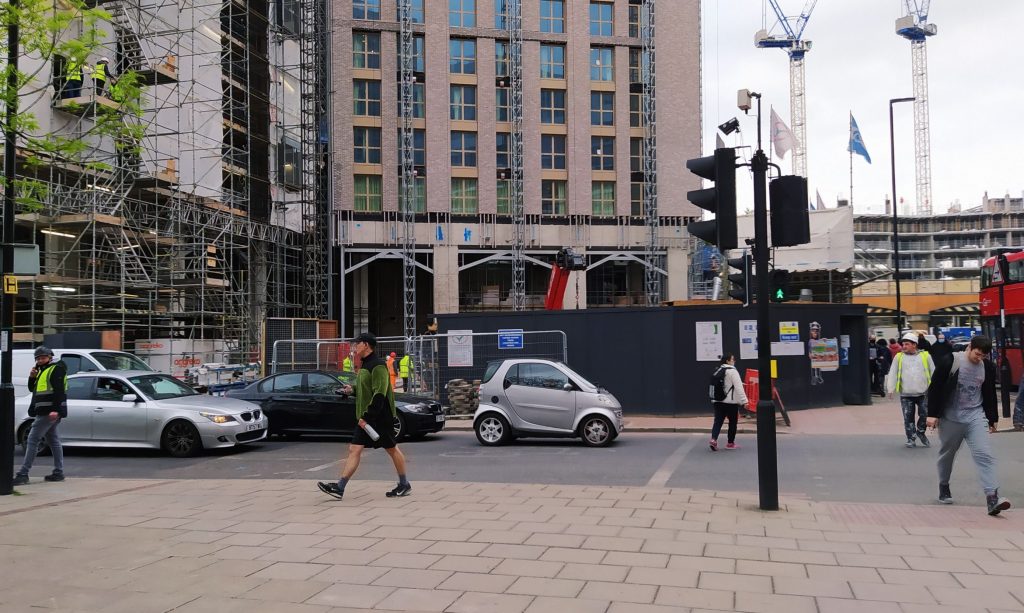
Gimmicks were announced over the past decade such as 100 ipads for staff. Some actual staff would have been preferable.
This is something the OLR should focus on but the DfT and Treasury are running a nationwide redundancy scheme for rail staff as we speak and seek to save £2 billion.
Instead of SE Metro seeing long-needed staffing it’s likely other area so the country will sink to Metro-like levels.
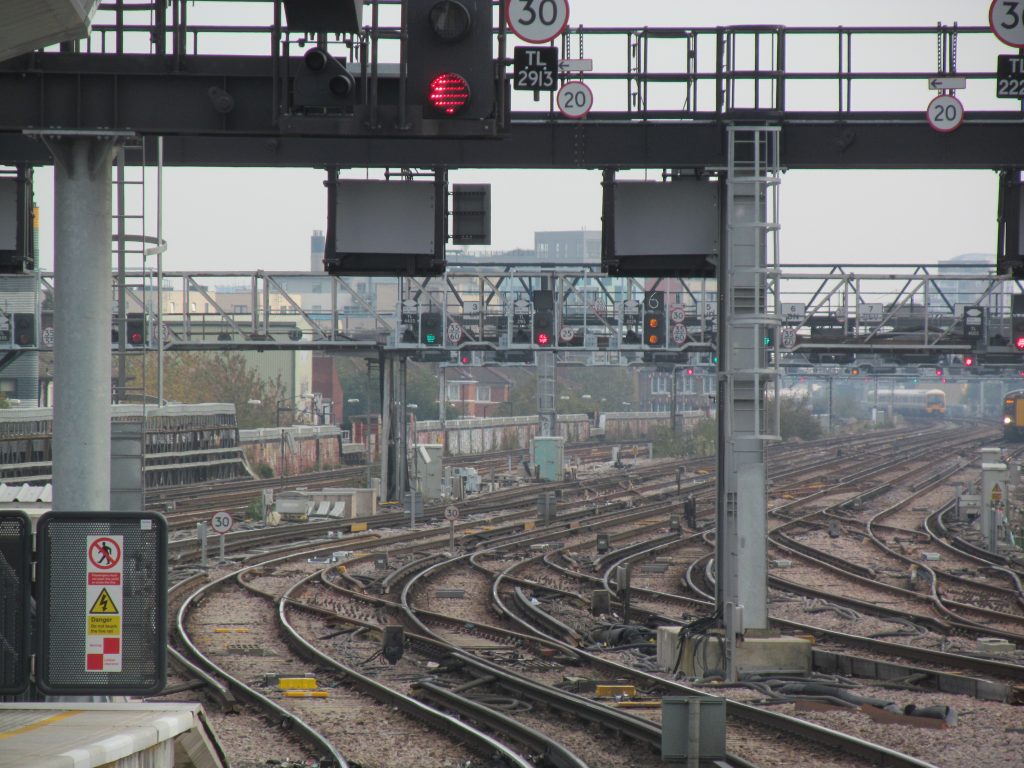
It’s short term thinking in the extreme as it puts people off travelling if networks feel unsafe, and enables ticketless travel.
And ultimately this reveals the bigger truth. Franchise are almost entirely operating to the whims and demands of their political masters at the Department for Transport.
Many of the ills – and improvements – on the Southeastern network are directly a result of what Ministers and civil servants demand.
Franchises took the money – and crucially the flack – while Ministers kept control. More control in many cases than British Rail ever had.
And so what happens now depends on what central Government want. Place your bets, as it could any way right now.
Running a site alone takes time and a fair bit of money. Adverts are far from enough to cover it and my living costs as a private renter.
You can support me including via Paypal here Another option is via Patreon by clicking here You can also buy me a beer/coffee at Ko-fi here There's also a Facebook page for the site here Many thanks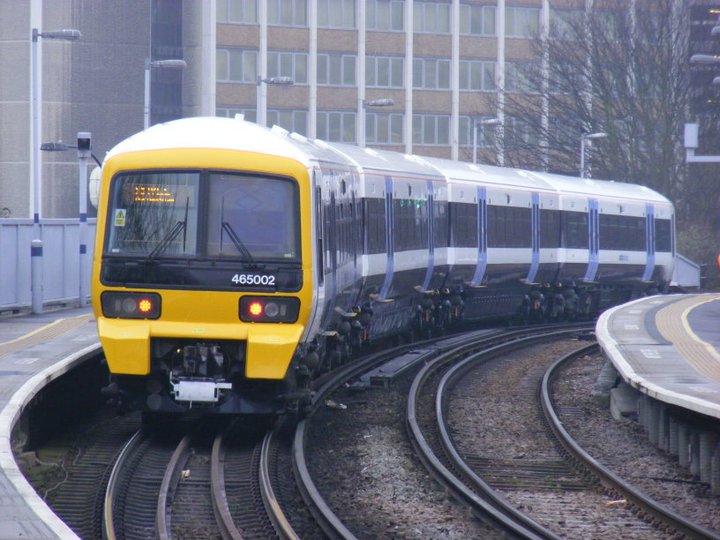

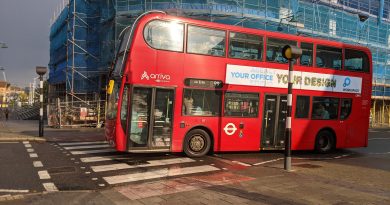

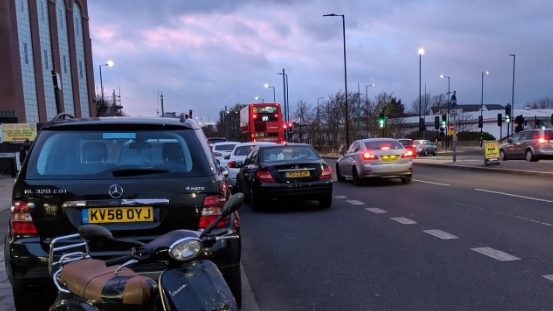
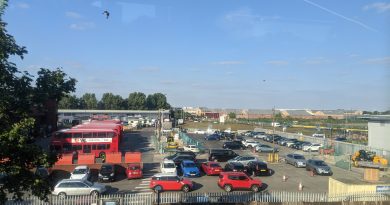
Thank you for another great article John. Still no real improvements to services, new trains or restoring the cuts to services on the Greenwich Line originally introduced in 2015.
Another thing Southeastern did was introduce Wi-Fi onto their trains. The connection is normally good and certainly better than what I experienced on the rival Thameslink trains.
@Plumstead Resident: if you think Thameslink’s wi-fi is slow, don’t even attempt connecting on Southwestern. 😂
@John Smith: try as I might, and I have steered through every street level space in that development, I cannot see the proposed new Lewisham station entrance. I guess it will only be obvious if it ever comes into use.